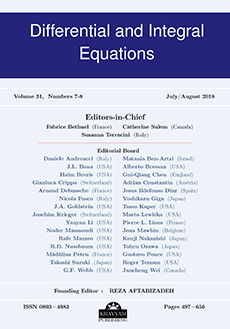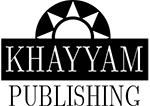Abstract
Given a bounded open subset $\Omega$ of $\mathbb R^d$ and two positive weight functions $f$ and $g$, the Cheeger sets of $\Omega$ are the subdomains $C$ of finite perimeter of ${{\overline{\Omega}}}$ that maximize the ratio $$ \int_C f(x)\,dx\,\big/\int_{\partial^* C}g(x)\,d{{\mathcal H}}^{d-1} . $$ Existence of Cheeger sets is a well-known fact. Uniqueness is a more delicate issue and is not true in general (although it holds when $\Omega$ is convex and $f\equiv g\equiv 1$ as recently proved in [4]). However, there always exists a unique maximal Cheeger set, and this paper addresses the issue of how to determine this maximal set. We show that in general the approximation by the $p$-Laplacian does not provide, as $p\to 1$, a selection criterion for determining the maximal Cheeger set. On the contrary, a different perturbation scheme, based on the constrained maximization of $\int_\Omega f(u-{\varepsilon}\Phi(u)\big)\,dx$ for a strictly convex function $\Phi$, gives, as ${\varepsilon}\to0$, the desired maximal set.
Citation
Giuseppe Buttazzo. Guillaume Carlier. Myriam Comte. "On the selection of maximal Cheeger sets." Differential Integral Equations 20 (9) 991 - 1004, 2007. https://doi.org/10.57262/die/1356039307
Information





